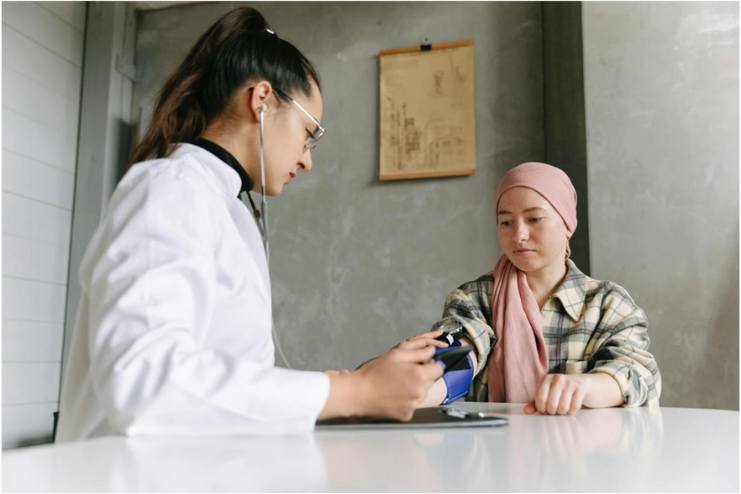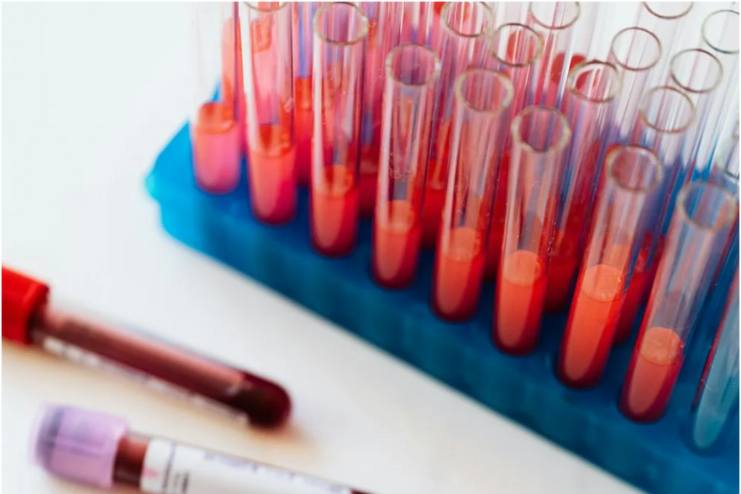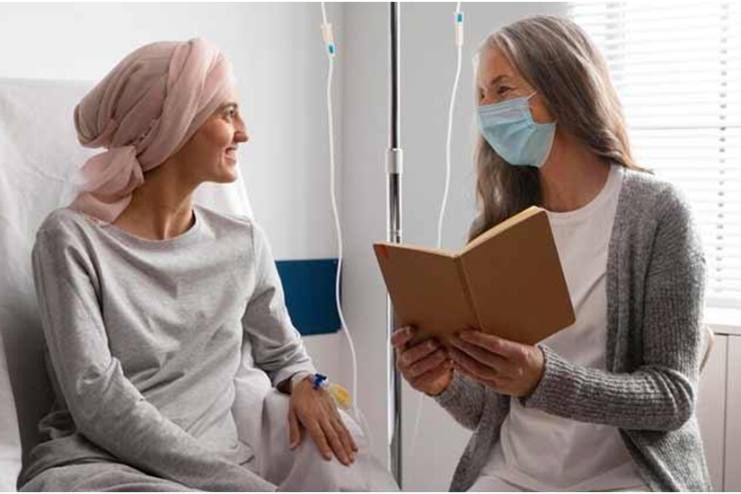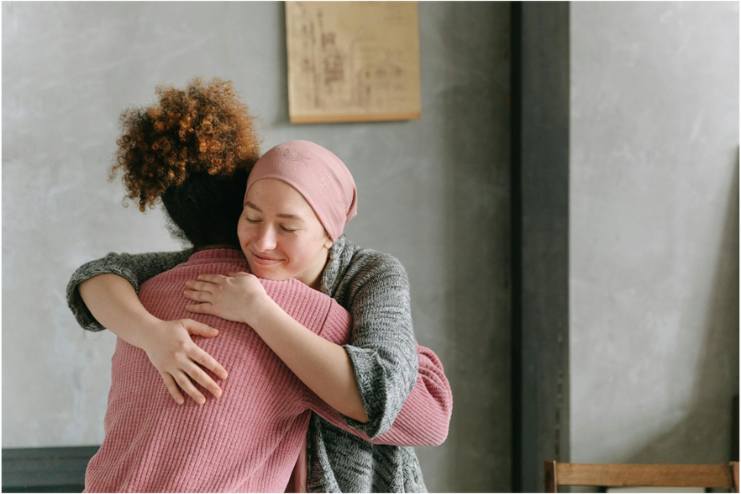Affiliate Disclaimer
Some links in this article are affiliate links. We may earn a small commission if you make a purchase through these links, at no extra cost to you. We only recommend products we find useful to our readersLeukemia is a type of blood cancer that normally develops in bone marrow and usually involves white blood cells. Bone marrow produces abnormal white blood cells in this cancer that hinder the body’s ability to fight infections. These are abnormal cells that crowd out healthy blood cells and can result in a spectrum of health problems.
There are numerous types of leukemia, including acute and chronic forms. Leukemia affects both children and adults. Early detection and treatment is critical to the management of this serious disease.

Causes of Leukemia
- Genetic Factors: Although the exact causes of leukemia remain unknown, there are several leukemia risk factors. Patients with some kinds of inherited conditions, such as Down syndrome and Klinefelter syndrome, are at higher risk. Genetic mutations in blood cells could also predispose one to it.
- Environmental Factors: Another major contribution is from the environment. Several chemicals, mainly used in industries, like benzene and formaldehyde, can increase this risk of leukemia. High levels of radiation from the environment or previous radiotherapy for cancer treatment can increase a person’s chance of getting leukemia.
- Lifestyle Factors: These also increase the risk of developing leukemia. Smoking has been associated with an increased risk of Acute Myelogenous Leukemia (AML). Passive smoking can produce similar results.
Symptoms of Leukemia

- General Symptoms: Leukemia symptoms vary from mild to severe. The most common ones are:
- Persistent fatigue
- Fever
- Unexplained weight loss
- Frequent infections
- Specific Symptoms: These signs of leukemia come due to the disruption of normal production of blood cells. This results in a diminished ability to blood clot and an increased tendency to bleed.
Specific symptoms:
- Easy bruising
- Bleeding gums
- Frequent nosebleeds
- Advanced symptoms:
- Swelling of lymph nodes, particularly in the neck, armpits, and groin area
- Enlargement of the liver or spleen may cause a sensation of fullness or discomfort in the abdomen.
- Bone pains where leukemia cells would have invaded through the bone marrow.
Diagnosis of Leukemia

- Medical History and Physical Examination: Leukemia diagnosis starts with a proper medical history and physical examination. Your doctor will check for symptoms of leukemia, such as unusual bleeding, easy bruising, and swollen lymph nodes. This primary assessment enables an understanding of the overall health status of the patient and the determination of possible signs of leukemia.
- Blood Tests: These are necessary to diagnose any disease, including leukemia. Complete Blood Count (CBC) alone can be performed to obtain the count and maturity of blood cells. If white blood cell counts are too high and red blood cells or platelets are too low, then it could mean that one has leukemia. Other examinations, such as flow cytometry or peripheral blood smears can also be performed to identify the presence of immature or abnormal cells.
- Bone Marrow Biopsy: This test involves the insertion of a needle into the bone, usually at the hip, to withdraw a small amount of bone marrow. The withdrawn sample is then examined for leukemia cells and their characteristics, which can confirm the diagnosis.
Also, read: 17 Foods To Increase Platelets Count In Your Blood
Treatment Options for Leukemia

- Chemotherapy: Leukemia treatment involves the destruction of leukemic cells to re-establish normal blood cell production. Chemotherapy is the primary treatment method, where potent medicines and drugs are given to kill cancer cells or at least retard their rate of reproduction. Medicines are taken in the form of pills, injections, or intravenous insertion. Many such medications cause pronounced side effects, such as nausea and general weakness.
- Radiation Therapy: This uses high-energy rays to kill cancer cells. It is often given in certain situations, such as before a stem cell transplant, or to relieve symptoms if leukemia cells have collected in one area of the body.
- Stem Cell transplantation: Stem cell transplantation or bone marrow transplant is a key treatment for many patients. In this process, cancerous bone marrow is replaced with healthy stem cells that either come from the patient or a donor. Patients typically undergo a course of high-dose chemotherapy or radiation prior to transplant to destroy the leukemia cells and prepare their bodies for the new cells.
- Targeted Therapy: One of the newer approaches is targeted therapy, which concentrates on key molecules involved in the growth and survival of cancerous cells. Compared to traditional therapies, targeted treatments are more precise and have fewer side effects. This is achieved by focusing on particular genetic changes or proteins in cancer cells.
- Immunotherapy: Immunotherapy boosts the body’s natural response to fight leukemia. This treatment includes monoclonal antibodies, which are targets against the cancerous cells. At the same time, the CAR T-cell involves editing a patient’s T-cells in such a way that they can recognize and attack leukemia cells more easily.
Living with Leukemia

Managing Leukemia Symptoms: Symptom and side effect management is critical when living with leukemia. Patients should follow their prescribed treatment plan carefully while updating the healthcare provider for any new or worsening symptoms immediately. Management of side effects like nausea and fatigue help to maintain quality of life.
Support Systems: Support systems play a vital role in coping with leukemia. The emotional and psychological support from friends, family, and mental health professionals is critical in dealing with the stress and emotional toll that the disease brings. Support groups, whether in person or online, provide a good opportunity to connect with others who understand the condition, and share advice, encouragement, and motivation.
Also, read: Molecular Mechanisms In Cell Nucleus Could Treat Aggressive Leukemia
Conclusion
Understanding leukemia is crucial for early detection and early intervention to manage it. Early diagnosis of symptoms like fatigue, easy bruising, frequent infections, etc. will help to seek timely medical help. This will drastically improve the treatment outcomes. Initial diagnosis can be obtained through regular checkups and attention to risk factors.Having leukemia awareness can help prevent leukemia and manage this condition, even if it persists.
References
- https://my.clevelandclinic.org/health/diseases/4365-leukemia
- https://www.webmd.com/cancer/lymphoma/understanding-leukemia-basics
- https://www.mayoclinic.org/diseases-conditions/leukemia/diagnosis-treatment/drc-20374378
- https://www.healthline.com/health/leukemia
- https://www.cancer.ie/cancer-information-and-support/cancer-types/leukaemia/chronic-lymphocytic-leukaemia-cll/living-with-leukaemia
In this Article


















